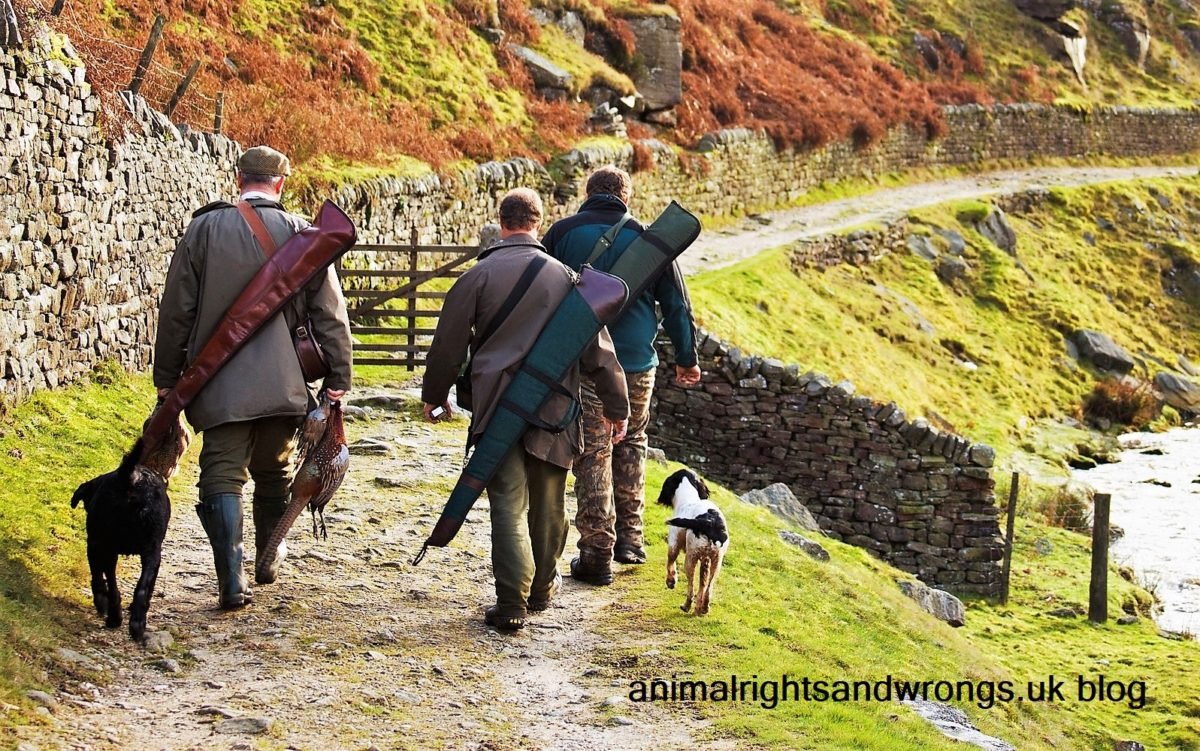-
Conservation charities are not always what they seem

Beware the word “conservation” when supporting charities. When it comes to supporting or donating money to animal charities we all have our own perspective on what we want our money spent on whether it is conservation of wildlife, welfare of animals, re-homing of animals, animal rights, help for animals abroad or saving endangered species –…